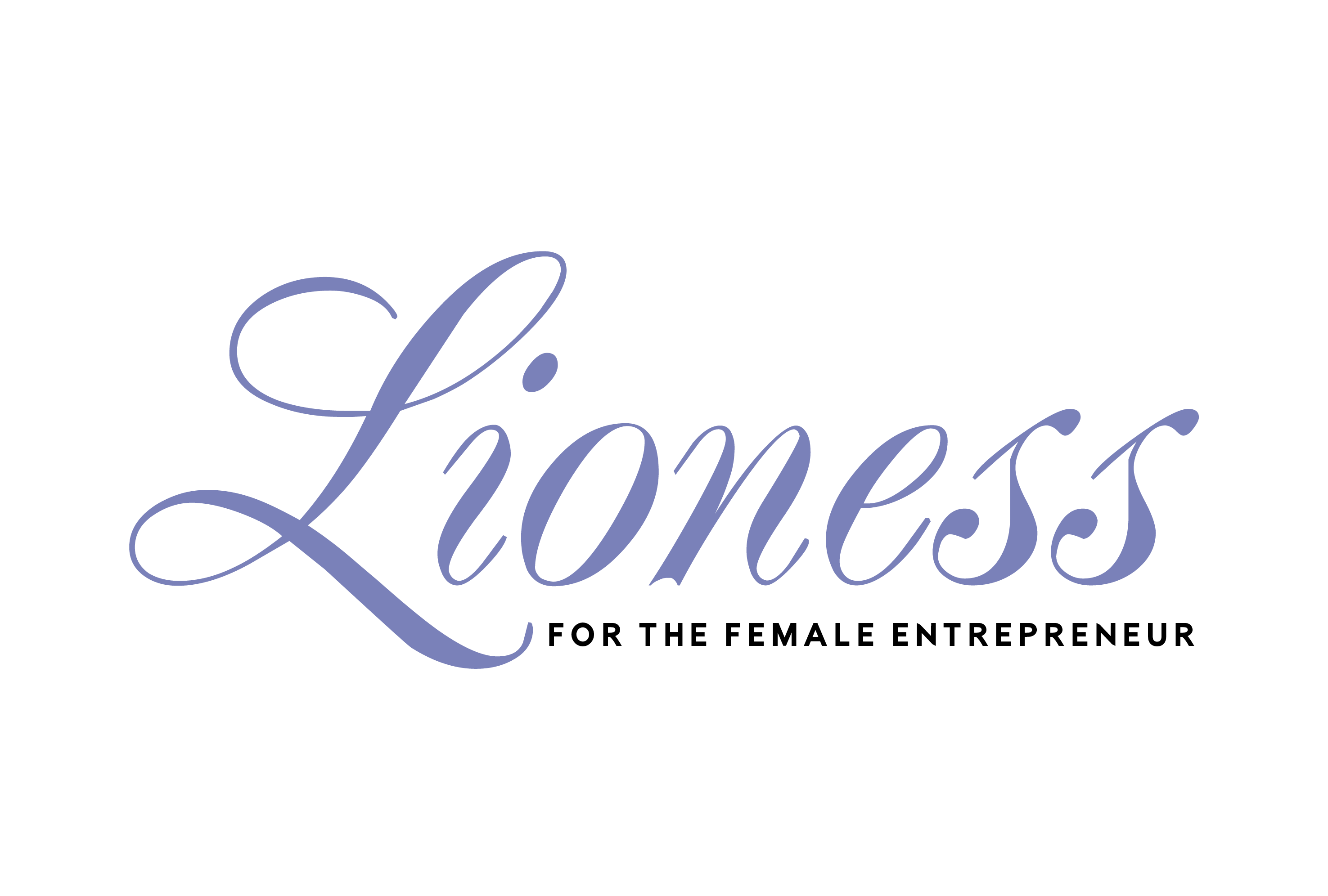Whether you’re thinking about a website, app, product or service, you want customers to have a smooth, pain-free experience. How can you make that happen? Strive for an amazing user experience. UX/UI (user experience/user interface) design decisions should guide users on what to do instead of what not to do and try to avoid the creation of unpleasant user experiences.
Let’s begin with a real-life example:
I saw a door.
With a door knocker.
And a doorbell.
And a sign (on the door, underneath the door knocker) that read… “Please use the knocker!”
I loved it.
Why? I felt it was a great example of a quick fix for a user experience solution to a (presumably) broken doorbell.
Imagine two users or user needs:
User: Delivery person.
What’s included in the delivery person’s wants and needs?
To notify the resident of a package delivery within a speedy timeframe. If the notification and delivery process takes too long, the delivery person runs the risk of not fulfilling their delivery duties and targets.
User: Resident.
What is one of the resident’s wants and needs?
To receive their package within the expected/anchored timeframe.
With this in mind…
Imagine the delivery person standing and looking at this door. If there was NO sign saying, “Please use the knocker!”, they might ring the bell, and ring the bell, and ring the bell… And given the lack of response, they might get frustrated, leave an “attempted delivery” note and move on to their next delivery assignment. Which negatively impacts the user experience of the resident.
The alternative quick fix UX solution here could have been a sign that said, “Bell does not work!”, and NO sign to use the knocker. But imagine the frustration for the delivery person? The delivery person would then have to figure out the alternative “do instead” solution. And whilst easy enough to do, we know that decision-making (especially decision-making under pressure!) takes energy. We typically avoid whatever taxes our energy. Placing a sign that tells the user (delivery person) WHAT TO DO helps the user (delivery person) avoid an unpleasant experience, and subsequently, supports the needs/wants of the “receiving user” (resident).
So in placing a sign that tells the user (delivery person) WHAT TO DO helps the user (delivery person) avoid an unpleasant experience.
How this applies to the user experience
We can reflect on this scene and these user scenarios when designing and building for digital experiences, along with web and mobile.
We can create a UX/UI design that guides users through what they should do.
And we can also focus on eliminating and removing things that create complexity and displeasure – like a broken doorbell!
Editor’s note: this article was originally posted on Medium.
About the author
When companies like The Economist Group, PwC, NBC and Big Spaceship need help in overcoming growth blockers, barriers and drag-factors – with respect to actioning technology projects and solutions – they turn to Libby Swan and Team Axioned for help.
Swan co-founded Axioned (formerly PRDXN) in 2006 with the goal of helping clients scale through the creation of fiscally responsible technology solutions. When Swan speaks in front of these same audiences (as well as companies looking to emulate their growth), she’s serving up innovative solutions and business elevating strategies, with a hefty side order of team-building tactics and values.
Swan and her team have developed several strategies that have earned Axioned the trust of some of the biggest names in the business. Axioned provides a “Swiss army knife” as a cut-to-the-chase solution to growth blockers of all kinds. (Many happy clients enthusiastically endorse this concept.) Companies struggling with tech-product launches or tech-team stagnation, utilize Swan’s and Team Axioned’s expertise to meet their next critical milestone.







Add Comment